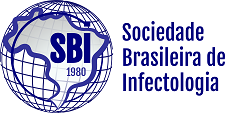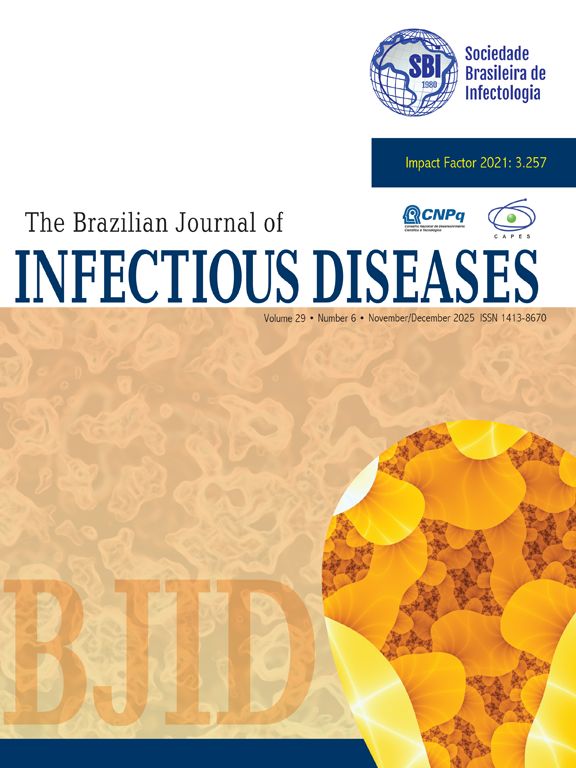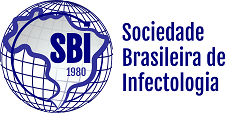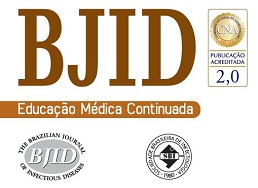This report describes a cross-sectional survey on the prevalence of hepatitis C antibodies (anti-HCV) in Tamboara, a small community in the northwest area from Paraná State, south of Brazil with a high rate of accumulated detection for HCV. Eight hundred and sixteen residents (17.87% from all the population), independently of the age and time living in Tamboara were included in this study by an epidemiologic questionnaire and by testing for anti-HCV. The rapid immuno-chromatographic test was applied for detection of HCV antibodies. The anti-HCV prevalence by rapid test was 4.28%. The median age for positive and negative test was 60.49 ± 14.14 and 41.67 ± 20.25, respectively (p < 0.001). By multivariate analysis, only familial history of hepatitis (p = 0.001; OR = 6.41; CI 95% = 2.08-19.78) and age (p = 0.007; OR 1.06;95% CI = 1.02-1.10) showed statistical significance for positive anti-HCV. The rapid test sensitivity and specificity were 100% and 92.7% respectively, with an accuracy of 95.8% (95% CI = 91-100). These findings demonstrated a high prevalence of anti-HCV in Tamboara. The familial history of hepatitis was a significant risk factor to the infection and HCV rapid test showed to be accurate and feasible for epidemiological survey.
The Impact Factor measures the average number of citations received in a particular year by papers published in the journal during the two preceding years.
© Clarivate Analytics, Journal Citation Reports 2025
SRJ is a prestige metric based on the idea that not all citations are the same. SJR uses a similar algorithm as the Google page rank; it provides a quantitative and qualitative measure of the journal's impact.
See moreSNIP measures contextual citation impact by wighting citations based on the total number of citations in a subject field.
See more



